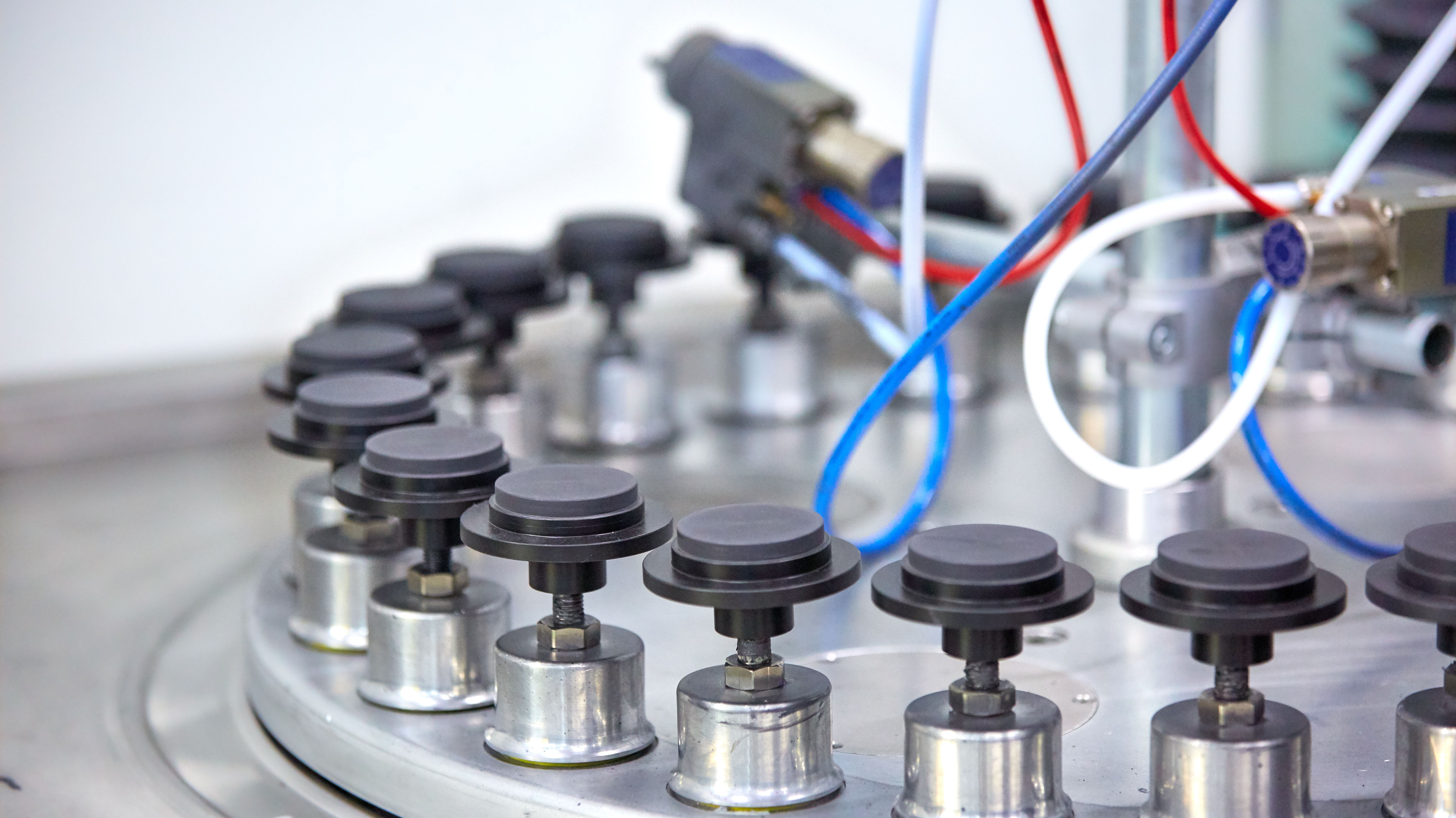Coating Center - Our coating service
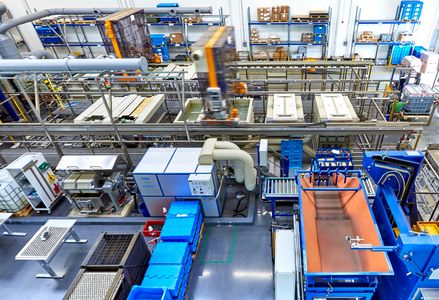
Solid film lubricants from FUCHS have proven themselves in many areas and represent an optimum solution for dry and clean lubrication. In addition to a wide range of coating agents, our coating service solutions completes our portfolio.
From the development and selection of our in-house produced anti-friction coatings to the application on your component: you will receive everything from a single source in outstanding quality. Even complicated tasks can be solved due to our extensive know-how. The state-of-the-art machinery ensures stable and safe production processes.
We offer the following services in our Coating Center in Kaiserslautern:
- solid film lubricant coating
- corrosion protection coating
- phosphating and oiling
- individual coating solutions
- sample coating
Experienced specialists ensure that the correct solid film coating is chosen for each material and the purpose, for which it is to be used, and that it is correctly applied – reliably, on time and economically. The close connection between application and development, our many years of experience and our high-quality standard make FUCHS one of the leading companies in the field of solid film lubricant coating.
YOUR BENEFITS FROM OUR COATING SERVICE:
- your components are protected against corrosion and wear
- reduction of your costs due to reduced machine breakdowns and maintenance-free lifetime lubrication
- noise reduction by avoiding stick-slip phenomenon
- easier assembly and disassembly of fitting parts
SOLID FILM LUBRICANTS AND COATING SERVICE - WE DO BOTH!
From the selection of the suitable solid film lubricant to the application, quality control and delivery. We are your dedicated contact partner, providing you with everything you need from a single source.
Coating process
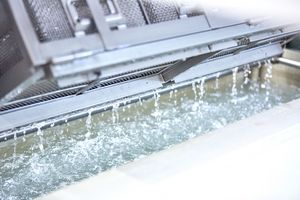
Surface preparation is the first step in the coating process. It plays a special role in solid film lubricant coating, because good adhesion and the associated long lifetime can only be achieved with a pretreatment of the surface tailored to the component and the solid film lubricant used. Thorough removal of all grease residues, dust, dirt, rust and scale is a fundamental part of the surface pretreatment.
Pretreatment of metal parts
Degreasing can usually be effected using organic solvents. More environmentally and user-friendly cleansing can be achieved by using alkaline or neutral, aqueous cleaners. The effectiveness of the cleaners can often be intensified when combined with ultrasound or heat. Rust and scale can be removed mechanically or chemically. Grinding and shot blasting have proven themselves as mechanical pretreatment methods. Through phosphating as pretreatment, the adhesion of the solid film lubricant to the metal surface can be significantly improved in comparison with degreased or shot-blasted surfaces. In many applications this results in a considerable increase in the lifetime of the solid film lubricant coating. In addition, the corrosion protection effect of the solid film lubricant coating is significantly enhanced by phosphating.
Pretreatment of plastic and elastomer parts
Plastics and elastomers can be degreased in washing processes with aqueous cleaners or solvents. When using solvents, however, it is essential to ensure that they are compatible with the materials to be cleaned. Physical methods such as plasma activation, corona treatment or flame impingement for the pretreatment of plastics and elastomers are mainly used.
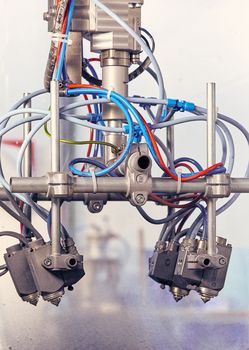
Decisive for the selection of a suitable application method are primarily the geometry of the parts and the specific application properties of the selected solid film lubricant. Coating is mainly applied using processes that are customary in coating technology, such as spraying, dip spinning, tumbling and dip centrifuging.
Spray coating
Spray coating is usually done using conventional spray guns in a manual or automated process (e.g. with flat spraying devices, rotary indexing machines). Highquality, homogeneous coating layers can be applied by spray coating. The typical dry layer thicknesses in the spray process range between 10 and 30 µm. Simple part geometries or large components are particularly suitable for this procedure. Due to the higher process costs, automatic processing of mass-produced small parts is preferable only if the coating is subject to extremely high demands.
Dip spinning
Dip centrifuging or dip spinning represents an ideal method for the coating of mass-produced small parts. Particularly suitable for this method are parts with complex geometries (such as with holes, recesses, etc.), where not all surfaces are accessible by spraying. This process is very costeffective due to its fast material throughput and low losses of solid film lubricants. However, several coating cycles are often necessary in order to achieve homogeneous coating layers with higher coating thicknesses. The maximum achievable dry layer thicknesses usually lie within the range of 3 and 15 µm.
Drum coating
Coating in drums is particularly suitable for bulk goods which have a simple geometry (e.g. washers, bolts, pins, O-rings). A benefit of this process is the fact that a smoothing of the surface occurs on account of the reciprocal friction between the coated parts in the drum, resulting in homogenous layer surfaces. By combining it with a spray coating in so-called “spraying drums” the quantity of the solid film lubricant can be precisely controlled, thereby further improving the coating result. The achievable dry layer thicknesses using the drum coating method usually range between 3 to 15 µm.

Following the execution of the application process, a drying or heat-curing process takes place, depending on the type of solid film lubricant, before the coating is subjected to quality control.
Air-drying solid film lubricants are dried at ambient temperature before being subjected to tribological stress, while heat-curing solid film lubricants are baked after coating. Subject to the chemistry of the solid film lubricant used, the regular baking temperatures range between 100 and 250°C.
The general parameters used for the quality control of solid film lubricant layers are the surface quality, the layer thickness as well as the adhesion to the base material. Transparent solid film lubricants usually contain a special UV tracer for coating inspection. This indicator can be made visible with the aid of a UV lamp and makes a “Yes/No” verification possible. The other inspection possibilities depend on the component and the relevant quality assurance requirements on the coating. In some cases, the coated components are checked with regard to the tribological or corrosion protection properties.
Quality assurance in our Coating Center
We ensure coating quality at the highest level. As a research and development company, we not only control the quality of our coatings in production and function, but also carry out the extensive final inspection of your components after the coating process in our own laboratories. We use the following test methods as part of the quality assurance:
- coating thickness measurement
- UV control and visual control
- friction force test
- corrosion test
- microskopy
Quality at the highest level - ISO 9001 certification
As a certified coater according to ISO 9001:2015, we meet all the requirements of the industry. We are able to consistently provide products and services that meet customer and applicable statutory and regulatory requirements
Selection criteria for solid film lubricants

The selection of a suitable solid film lubricant is mainly determined by these factors: type of component, coating purpose, surrounding conditions and quality assurance requirements. Solid film lubricants manufactured by FUCHS have proved themselves in many fields and represent an optimum solution for dry and clean lubrication. Thus, for example, they can provide assemblycompatible lubrication for connectors, fitted parts and O-rings; help to minimise wear on gear components; and provide reliable lifetime lubrication for components essential for safety.
The assessment as to whether a solid film lubricant is suitable for providing lifetime lubrication for a component must usually be determined through trials on appropriate test rigs. Generally, solid film lubricants have a limited service life, which is indicated in the long-term test by an increase in the coefficient of friction and the appearance of signs of wear. In this context it should be noted that the loading and sliding speed of the component can have a great influence on the performance of the solid film lubricant.
More than just coating service: We advise you individually and find with you the best coating solution for your product.
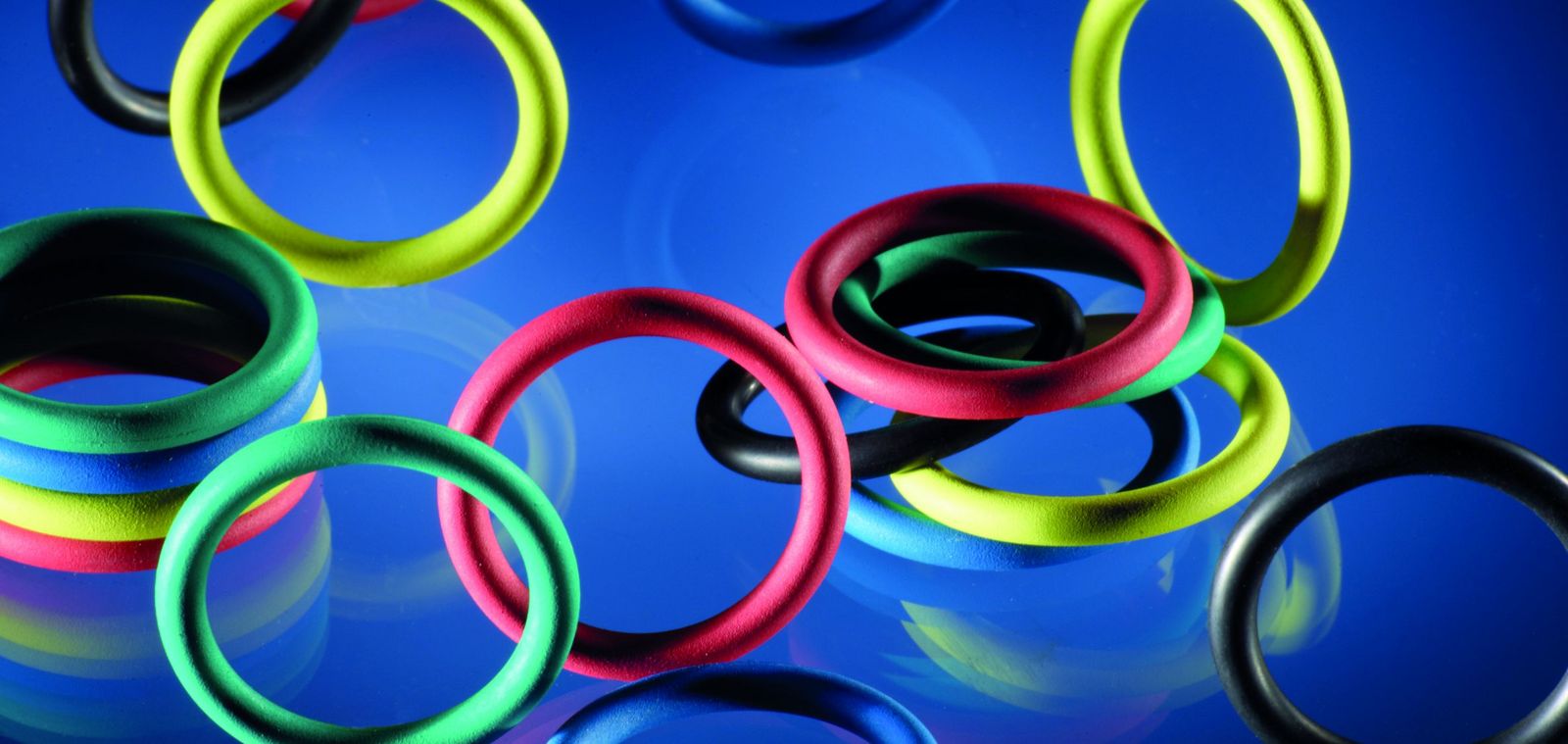
Color-Coding solutions
You need to identify easily different types of O-rings? We also offer coloured coating solutions for sealings and other elastomers.
